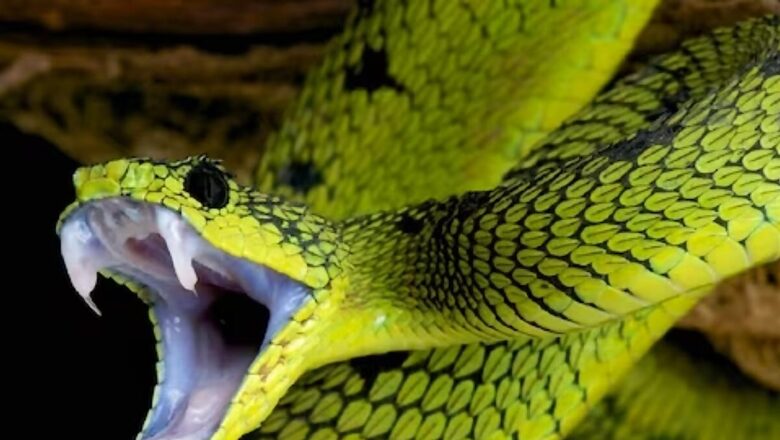
views
The National Human Genome Research Institute defines evolution as the process by which living organisms change over time through the changes in their genome. These evolutionary changes result from mutations which leads to the rise of individuals whose biological functions or physical characteristics are altered and help them adapt better to the environment. The world before snakes was quite different. The ancestors of the snakes were small lizards who lived side by side with dinosaurs. But what led to the evolution of lizards to snakes?
A team of biologists from the University of Michigan published a study in the Science journal and explained the rapid evolution. The ancestors of snakes were lizards with legless bodies that could slither across the ground efficiently. They were sophisticated beings with chemical detection systems to hunt prey and had flexible skulls to swallow large animals. These changes led to the diversification of snakes over the past 66 million years and made them a very special species in comparison to other reptiles. They found that snakes evolved up to three times faster than lizards.
University of Michigan’s evolutionary biologist and senior author of Science paper, Daniel Rabosky said, “Fundamentally, this study is about what makes an evolutionary winner. We found that snakes have been evolving faster than lizards in some important ways, and this speed of evolution has let them take advantage of new opportunities that other lizards could not.”
Danier Rabosky shared that snakes evolved better than other animals or reptiles. They are versatile and flexible and can hunt prey in a special and evolved way, a trait that their ancestors did not possess. For the study, researchers found the largest and most comprehensive evolutionary tree of snakes and lizards by sequencing partial genomes for at least 1,000 species. The dataset also included diets of the lizards and the snakes by examining records of stomach contents from thousands of museum species.
From feeding and locomotion to sensory processing, massive shifts in traits were observed in snakes. What triggered the evolutionary explosion in the diversity of snakes is adaptive radiation which is one of the biggest mysteries in biology.




















Comments
0 comment